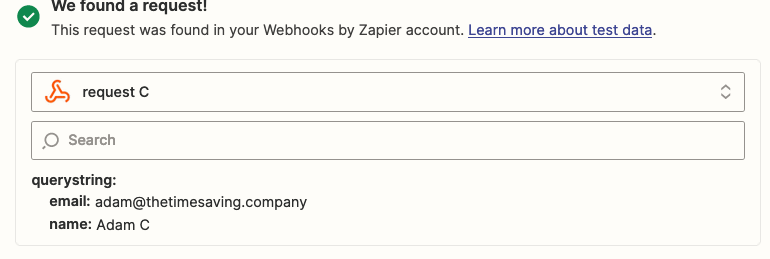Hello,
I have a table for keeping track of our product demos that our sales team uses. I created a button that triggers a webhook in zapier and provides all of the information such as: The demo, the current employee who has the demo, their email, etc.
When the webhook is triggered it sends an email to the last current user of the demo that their demo is being requested, but I cannot seem to figure out how I can catch the information of the user that is clicking the "request demo" button.
Also, our sales team uses a shared view of the demo page and it has a domain access restriction, so I know that in order for them to view the table, they have to log in using their work email.
Any solutions to catching this information would be greatly appreciated. It was a big win to figure out how to get the email sent notifying the salesman that the demo is being requested, but its pretty pointless if they do not know who is the person requesting it.



